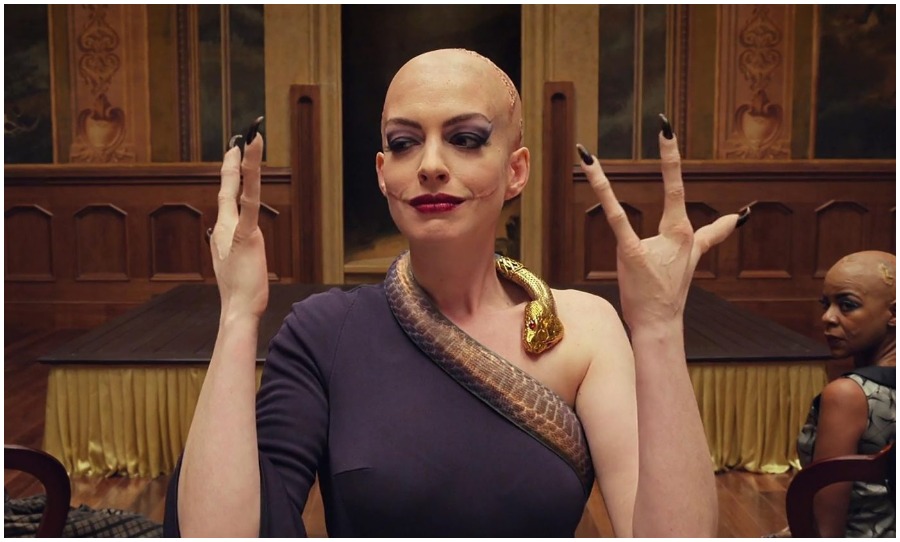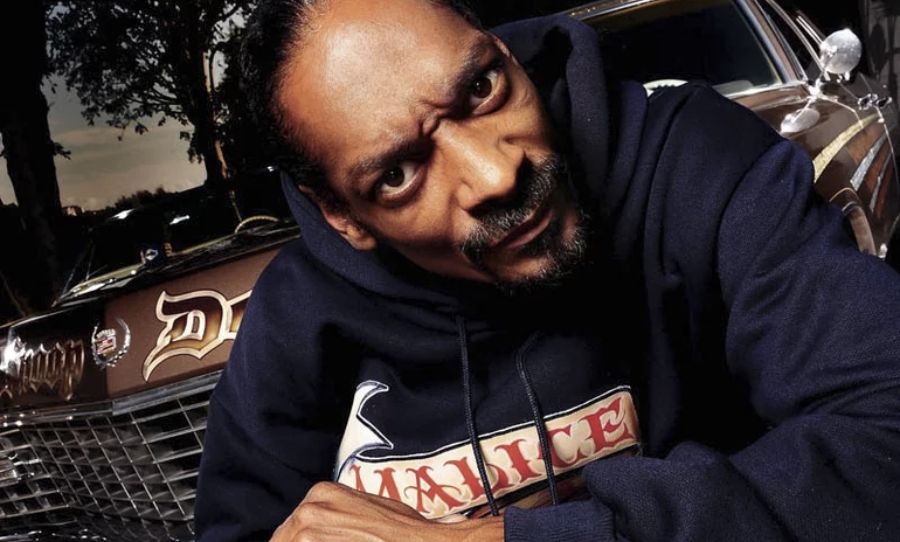The new Witches film sparked controversy for its representation of limbs, deeply offending the disability community.
In anticipation of The Witches film release (adapted from the 1983 children’s novel by Roald Dahl), Warner Brothers has issued a formal apology for the offence caused by their depiction of the grand high witch played by Anne Hathaway.
In the film, Hathaway’s character is depicted with missing fingers, and oh my, she’s utterly chilling. Yet what Warner Brothers failed to recognise is that this representation negatively portrays a limb abnormality called Ectrodactyly (also known as ‘split hand’).

Many people in the disabled community have expressed concern via social media that portraying split hand on the children’s film villain will instil harmful stereotypes that individuals with limb difference should be feared.
Overwhelmed by the wave of negative comments – particularly from the official Paralympic Games, who stated: “differences should be celebrated and disability has to be normalised” – Warner Brothers announced they were “deeply saddened to learn that our depiction of the fictional characters… could upset people with disabilities”.
Limb difference is not scary. Differences should be celebrated and disability has to be normalised. #NotAWitch calls out ‘#TheWitches’ movie for portrayal of disability 👉 https://t.co/aSY1U6TymE pic.twitter.com/UCU87bUeV8
— Paralympic Games (@Paralympics) November 3, 2020
It’s odd that the film-makers even decided to take this direction to begin with, with Dahl describing the witches in his book as having “thin, curvy cat-like claws”.
View this post on Instagram
Hathaway expressed her own remorse by voicing that she was unaware of the connection between the limb difference and her character, as well as the stigma it would bring to the disability community. She stated on Instagram: “I particularly want to say I’m sorry to kids with limb differences: now that I know better I promise I’ll do better”.
It’s indisputable that cancel culture has been at the forefront of the media lately, but does the voicing of offence restrict film-makers to exercise their creative rights to the imagination? Has the distinction between fictional films and real-world issues become so blurred that we are unable to differentiate between the two?
So many insane complaints… this is a fictional character of a creature that does not exist in reality….
— Chad Marty (@ChadMarty) November 4, 2020
I guess that rests in the hands of the viewers.



